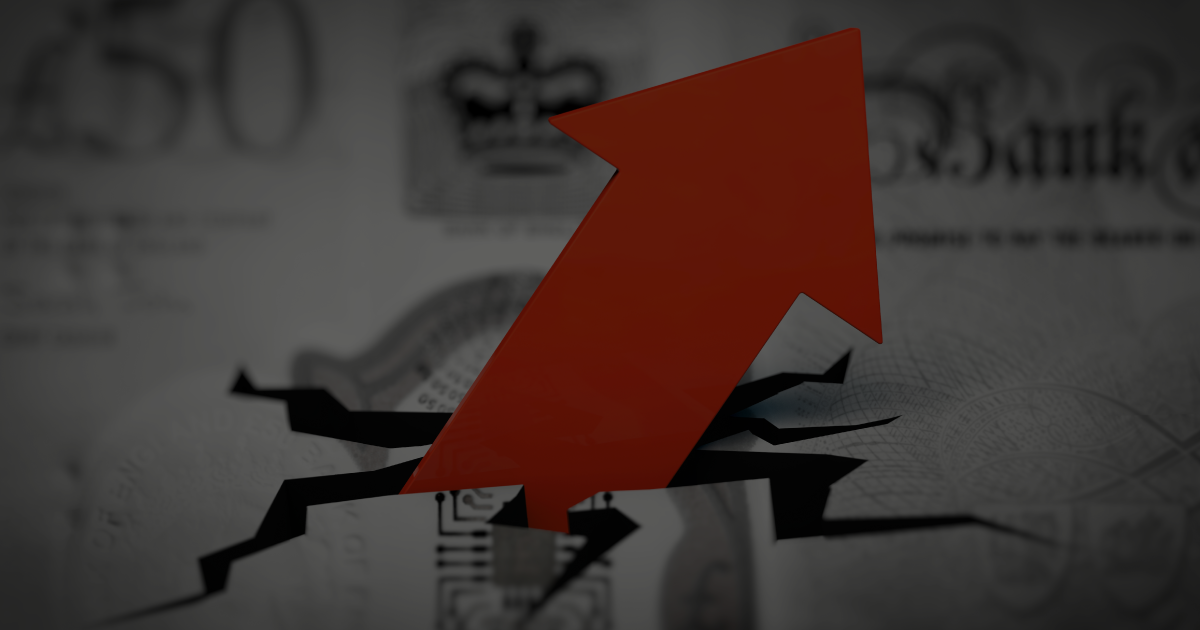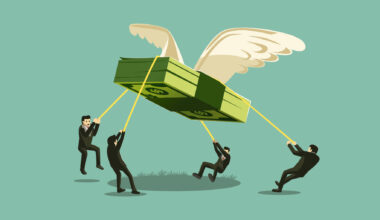In what could be considered a strong contender for understatement of the decade, Jerome Powell said that lowering inflation “may cause some pain”. Market participants (both bond and equity), all of whom are already familiar with said pain, were needless to say not surprised by his commentary last Thursday.
However, Chairman Powell was not just referring to the tribulations of the market but also that bringing inflation down might come at the expense of the unemployment rate. Unemployment currently sits at 3.6%, one of the lowest levels since the 1960s. In fact, raising the unemployment rate will almost certainly be necessary as an overly tight labour market (too few workers unable to fill too many vacancies) is signifier of an overheated economy and a core driver of inflation.
His comments came after the US posted a slightly higher than expected April Consumer Price Index (CPI) reading, up +8.3% Year on Year (YoY), a slight decline from March’s +8.5% rate. Meanwhile, Core CPI (that’s CPI with the volatile food and energy categories stripped out) also moderated to +6.2% from +6.5%, but remains close to four-decade highs. The Fed’s ability to negotiate a soft landing, that is taming inflation without engineering a recession, is, according to Powell, dependant on “external factors” – i.e. things the Fed does not control.
Inflation, and central banks’ reaction to it is and will be the definitive story of 2022. However, it is important not to focus too narrowly on inflation figures and engage in constant “Fedology” – analysing the minute of every utterance from every member of the Fed’s Open Market Committee. We are after all talking about a central bank that badly tarnished its credibility with its 2021 “transitory inflation” stance and is now running to both catch inflation and restore lost credibility. It is better then, perhaps, to consider some of these “external factors”.
Most are well known: continuing fallout from the Covid pandemic (such as staff shortages, high commodity prices, and supply chain bottlenecks); the on-going war in Ukraine, and attendant energy and food price spikes; and China’s zero-Covid policy, which is seeing hundreds of millions of workers confined to their homes and wreaking havoc on global supply chains.
However, looking at recent events and data it becomes clear it is not all bad news. US retail growth was better than expected, growing at +8.2% YoY, and excluding autos it increased +10.9% YoY. This is significantly above inflation rates, this was even as markets had a temporary but violent wobble on Tuesday following US retailer Target’s disappointing results (for a more detailed analysis please see our research note dealing with the US consumer). This is representative of a relatively strong US consumer, unsurprising given they have $3.3 trillion excess savings squirreled away in their bank account and rising wages. Though we note anecdotal weakness at the lower end of the consumer spectrum – those on low incomes with the lowest saving and most susceptible to cost increases.
In China lock down restrictions are being gradually lifted in key large cities (most notably Shanghai). This removes a headwind to growth and a major stress on global supply chains. Looser monetary policy is also in the offing. The People’s Bank of China (China’s central bank) cut a key interest rate (the five-year loan prime rate) by a record amount as the government move to further stimulate growth.
Disclaimer: The views expressed in this article are those of the author at the date of publication and not necessarily those of Dominion Capital Strategies Limited or its related companies. The content of this article is not intended as investment advice and will not be updated after publication. Images, video, quotations from literature and any such material which may be subject to copyright is reproduced in whole or in part in this article on the basis of Fair use as applied to news reporting and journalistic comment on events.


